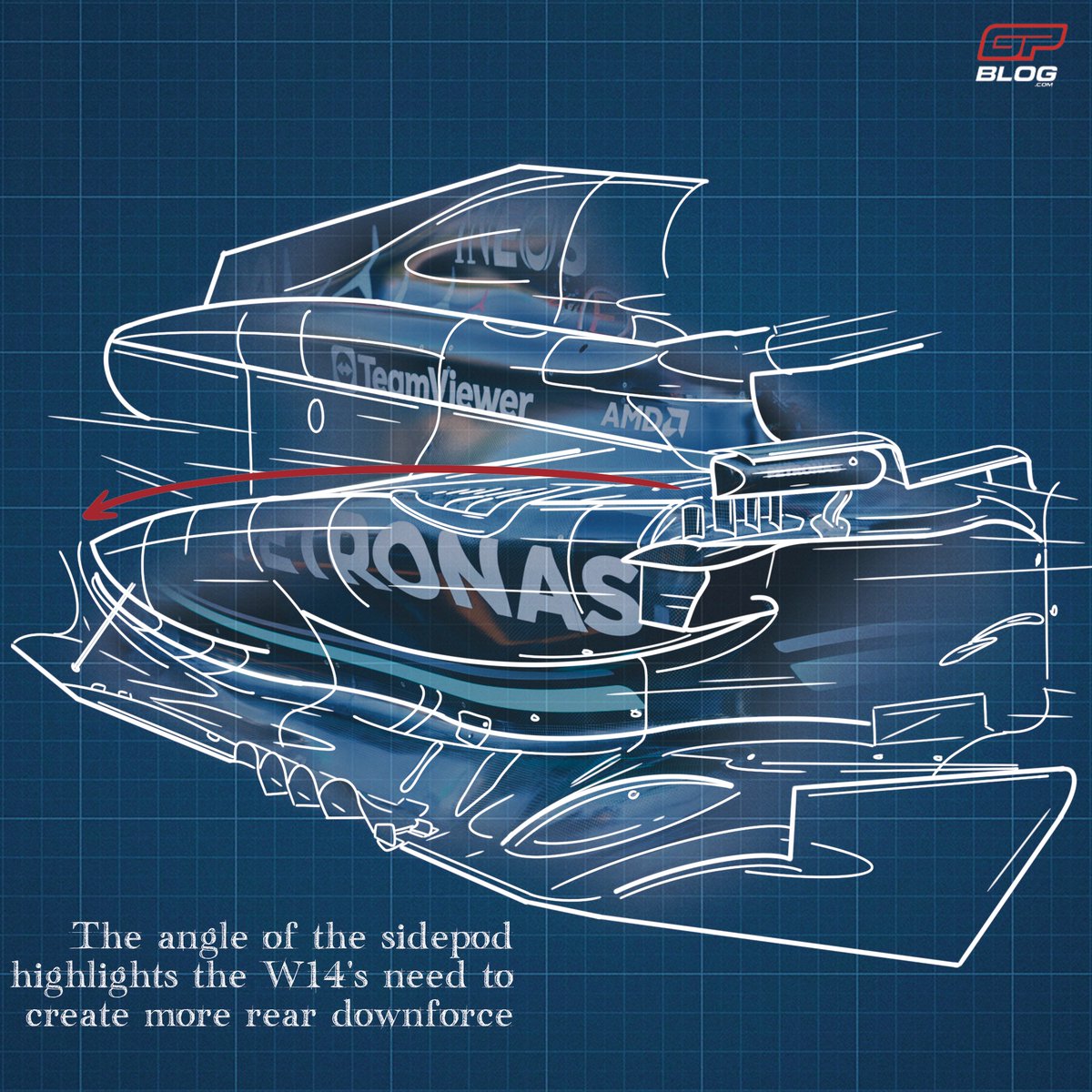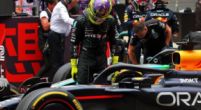F1 News

Technical insight | Analysing the Mercedes upgrades in Monaco
Last year, Mercedes made various decisions that limited the operating window of the car by constricting the setup configurations at their disposal. For instance, they couldn’t increase the rear ride height, they were forced to run the cars with the floors set to the stiffest configuration possible, and as a result, the car was unpredictable and not compliant.
Mercedes, under the technical leadership of Mike Elliott, thought they could make the concept work in 2023, and they doubled down on it. However, five races into the season, Mercedes have only managed to achieve a single podium result in Melbourne in the hands of Lewis Hamilton. This, however, is not the type of result Mercedes were hoping to achieve.
James Allison returns
With the swapping of Mike Elliot’s and James Allison’s positions within the team and with the turn-around in the design philosophy of the car, Mercedes have decided to abandon their innovative and courageous, yet failed no sidepod philosophy. Though this decision was likely made before the technical team changed as parts needed to be designed and put in the wind tunnel.
Monaco Upgrades
In a bid to change their current situation as swiftly as possible, Mercedes have brought the W14’s upgrade package to the Monaco Grand Prix weekend. Consisting of a new front suspension, floor and sidepods, Mercedes are hoping this will give them much-needed rear downforce, which is a particular area where the W14 is struggling with.
In any F1 car, the front suspension is essential to how the car works with the airflow as a whole since the front suspension acts as a bridge and sets the tone with which the whole car will ultimately interpret, use and distribute the airflow. This shows the clear change of direction Mercedes are now taking with their 2023 challenger.
The changes to the floor are meant to allow the German team to run a softer configuration, which will open up their much too narrow set-up and operating window. But more importantly, it is also meant to help distribute the airflow more efficiently toward the diffuser at the rear of the car, increasing the downforce at the back of the car and, therefore, the car’s stability and traction, which in turn also has a positive effect on tyre temperature and tyre wear.
The sidepods Mercedes have brought to Monaco look similar to Alpine’s, with a channel running deep along the side to try and increase the amount of air at the rear’s disposal. However, Mercedes’ interpretation looks a bit more aggressive, with the outline of the sidepods forming a diagonal downward line toward the bottom of the rear of the car, highlighting the W14’s profound need for air to create more downforce at the back of the car.
Will the upgrades bring Mercedes to the front?
Ultimately, it is impossible to rearrange the internal philosophy of the car without breaching the budget cap. However, Mercedes expects to have gained two to three-tenths per lap on average, and though this may not seem like a lot, taking into account the major redesign involved, it is actually a very good sign for the future. And let’s not forget, a two-three tenths improvement around a track like Monaco, which is the shortest of the whole calendar (3.337 km), could very well be the difference between a top 5 finish and a win, especially with the weather that the drivers are expecting to encounter throughout the weekend.




















































